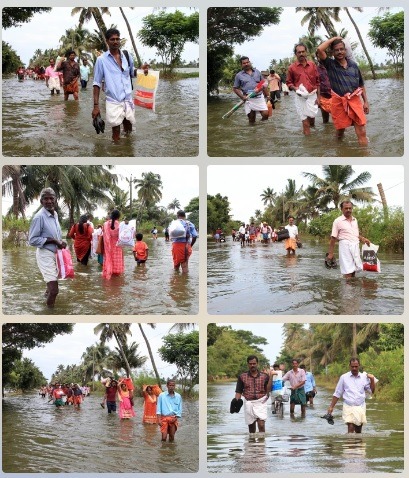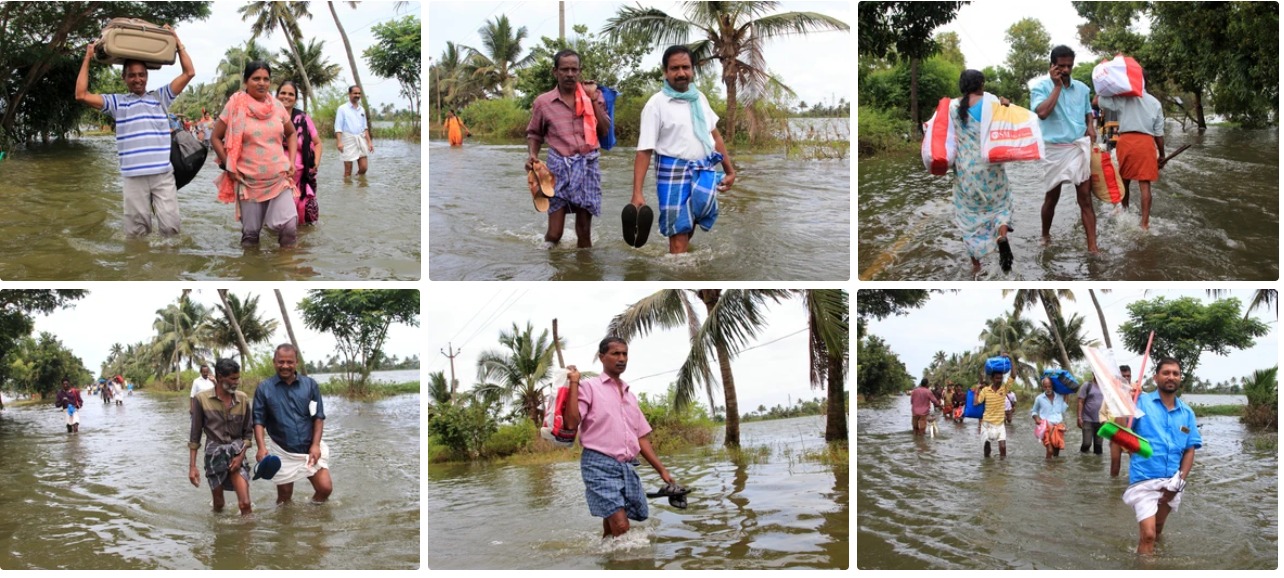
Disaster relief refers to the organized response and assistance provided to individuals and communities affected by natural or man-made disasters.
These events can include earthquakes, hurricanes, floods, wildfires, pandemics, industrial accidents, and more. The primary goal of disaster relief efforts is to alleviate the immediate suffering of those affected and to support the affected community in recovering and rebuilding.
Emergency Response: This involves the immediate deployment of resources to address the most urgent needs, such as search and rescue operations, medical assistance, and the distribution of food, water, and shelter.
Humanitarian Aid: Providing essential supplies like food, water, clothing, and medical assistance to those affected by the disaster is crucial. Non-governmental organizations (NGOs), international agencies, and government bodies often collaborate to deliver humanitarian aid.
Shelter and Housing: Displaced individuals often require temporary shelter or housing solutions. Relief efforts may involve setting up emergency shelters, distributing tents, or providing financial assistance for temporary housing.
Medical Assistance: Disaster-affected areas may experience an increase in injuries, illnesses, and the spread of diseases. Medical teams are deployed to provide emergency medical care, vaccinations, and disease prevention measures.
Infrastructure Repair and Reconstruction: Rebuilding damaged infrastructure, including homes, schools, hospitals, and roads, is a critical phase in disaster relief. This helps affected communities return to normalcy and regain self-sufficiency.
Psychosocial Support: The emotional and psychological impact of disasters can be severe. Mental health professionals may offer counseling and support to individuals and communities to help them cope with trauma and stress.
Coordination and Communication: Effective coordination among various organizations, government agencies, and international bodies is essential for a successful disaster relief effort. Clear communication helps avoid duplication of efforts and ensures resources are directed where they are most needed.
Preparedness and Mitigation: While disaster relief primarily focuses on responding to immediate needs, efforts are increasingly being directed towards preparedness and mitigation strategies. This involves training communities, developing early warning systems, and implementing measures to reduce the impact of future disasters.
Various organizations, including governments, NGOs, and international agencies like the United Nations, play crucial roles in disaster relief efforts. Collaboration, coordination, and a swift response are key factors in mitigating the impact of disasters and facilitating recovery.

